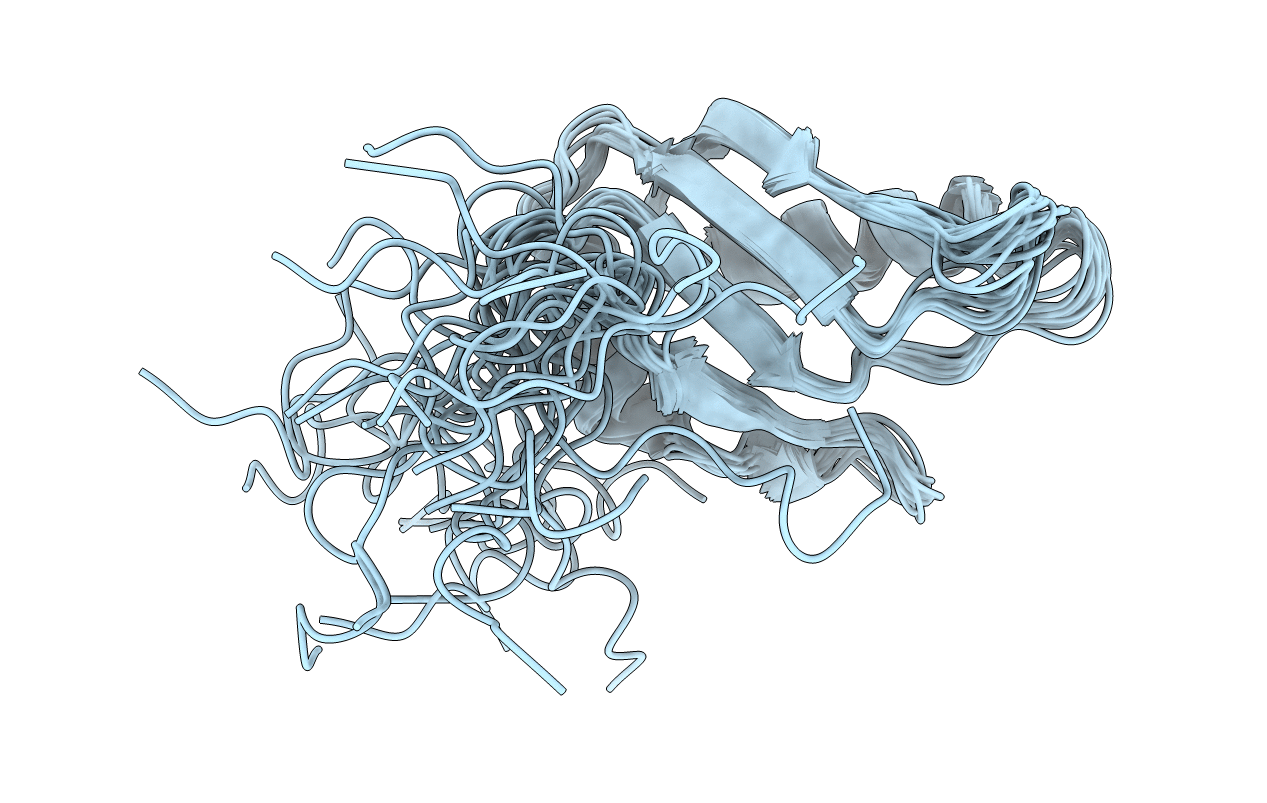
Deposition Date
2006-10-20
Release Date
2007-02-06
Last Version Date
2023-12-27
Entry Detail
PDB ID:
2NLW
Keywords:
Title:
Solution structure of the RRM domain of human eukaryotic initiation factor 3b
Biological Source:
Source Organism:
Homo sapiens (Taxon ID: 9606)
Host Organism:
Method Details:
Experimental Method:
Conformers Calculated:
100
Conformers Submitted:
16
Selection Criteria:
structures with the lowest energy


